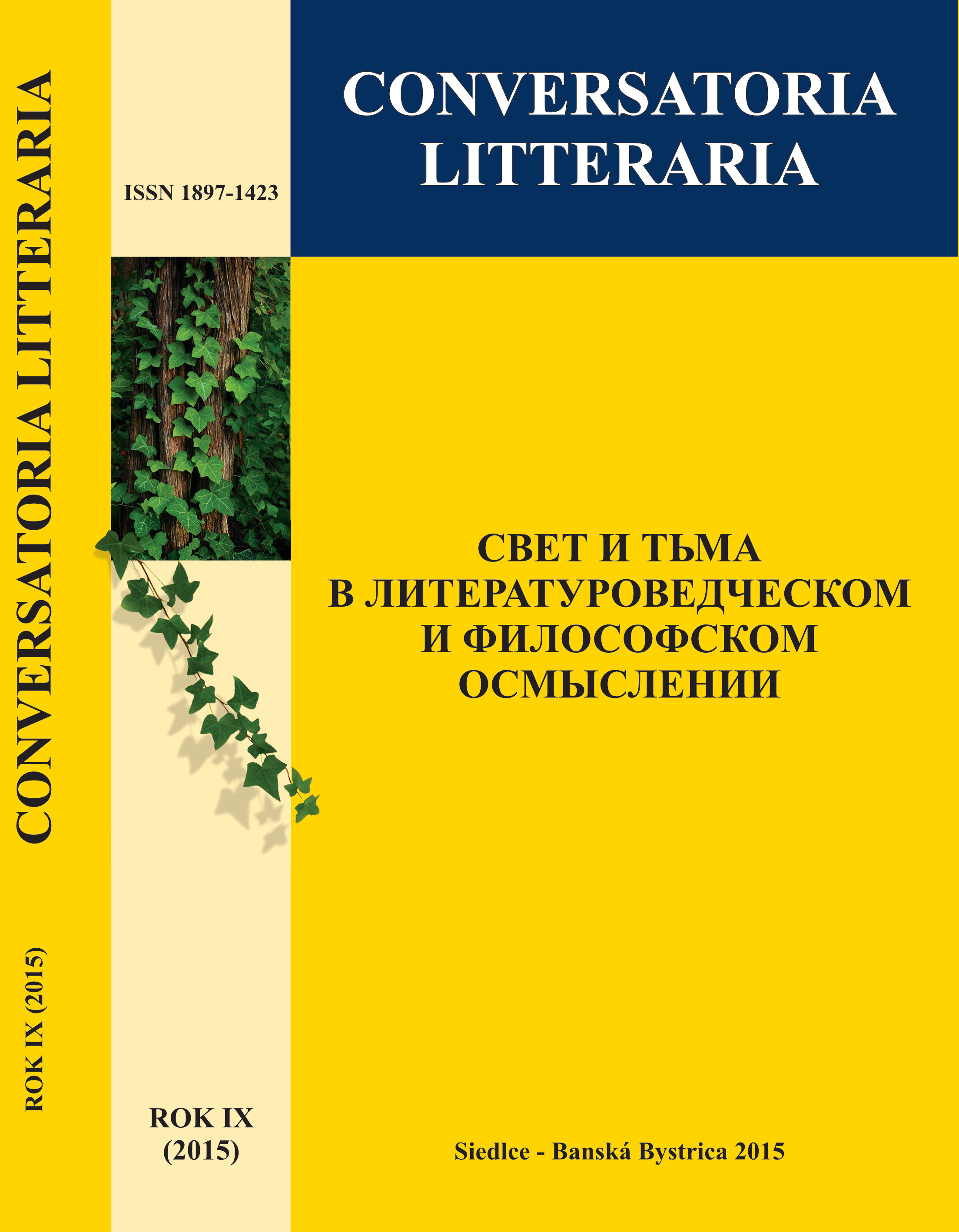Light and Darkness in German Drama in 1830-1870s: Transformation of Symbolism in Dramatic Interpretations of the Nibelung Story
Keywords:
drama, interpretation, Nibelung, binary opposition, mystery play, archetype, Ernst Raupach, Emanuel Geibel, Friedrich Hebbel, Richard WagnerAbstract
The author analyzes the symbolism of light and darkness in German drama of the 1830-1870s on the basis of dramatic interpretations of the Nibelung story. Among such interpretations the author choses
Der Nibelungen-Hort by E. Raupach, Brunhild by E. Geibel, Die Nibelungen by F. Hebbel, and Der Ring des Nibelungen by R. Wagner for the analysis. The Nibelung myth is crucial for German national mythology and culture, while binary opposition "light-darkness" is one of the prehistoric oppositions, shaped by the mythological mind of ancient people. The battle of «solar» hero and chthonic monsters is analyzed as the expression of the struggle between cosmos and chaos; the opposition of sunlight and moonlight as well as the opposition of the natural Heaven's light and the false light made by the glitter of gold and fire is emphasized. Dualistic symbolism of fire in plays in question is also explored. The author underlines that the playwrights referred to the origins of the mystery play, taking its system of archetypal images, as well as dominant motifs.




